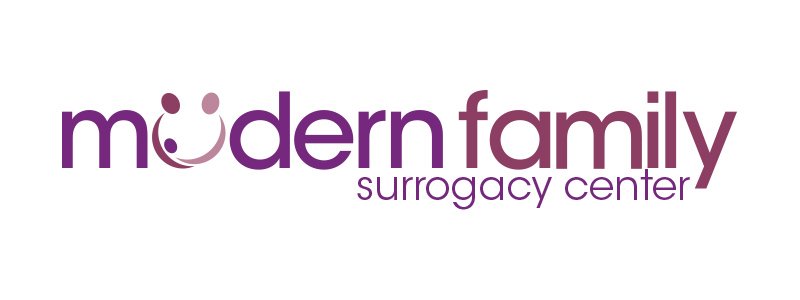The History of Surrogacy
When an individual or couple is unable to have a child on their own, they will often turn to a surrogate to carry and birth a child for them. Oftentimes, this child can actually possess genes from one or both of the intended parents, making him or her a biological part of the family.
While this may seem like a relatively new concept, in reality, the process of surrogacy goes back many hundreds or even thousands of years, with the first known case being written about in the Bible and the story of Abraham and his wife Sarah who was infertile. However, it was not until the late 1970s that surrogacy became a viable and more accepted – as well as better documented - method for childbearing.
How Modern Surrogacy Came About
The first "official" legal surrogacy agreement was enacted in the mid-1970s with the child who was referred to as Baby M. The same lawyer who brokered this agreement went on to found the Infertility Center, a company that arranges hundreds of surrogate births every year.
During that same time frame, surrogacy made the national and international news with the world's first "test tube" baby, Louise Joy Brown. Although this was not technically a surrogate mother situation, this event did pave the way for what is now known as gestational surrogacy. This practice is used today for implanting both sperm and egg in a laboratory to be later placed into the surrogate mother's uterus.
It wasn't until 1980 though, that the first paid traditional surrogacy arrangement was conducted. In this case, the surrogate, a 37-year-old woman, was paid $10,000 for the successful delivery of a baby boy.
Yet, even though the procedure was extremely successful on a physical and mental level, the surrogate did not initially realize how strong her connection would be with the baby until it came time to give him up to the intended parents. In fact, later on, the surrogate in this case actually became an advocate against surrogacy, stating that it had a negative effect on her emotions, her family, and even her husband's career.
It is for this reason that even though surrogacy can be a very positive and rewarding experience for both the surrogate mother and the biological parents, it is also important for those who intend to become a surrogate to be not just physically prepared, but emotionally as well.
Not long afterward, in 1983, was the first successful pregnancy done via egg donation. In this case, a woman could give birth to a baby through the use of eggs donated by another. It was this event that later led to the first gestational surrogacy in 1985.
Recent Surrogate History
Over the years, surrogacy has become a much more popular process and procedure than it was just a few decades ago. In fact, over the past dozen years, certain events have taken place that have made surrogacy history. For example, in 2001 the oldest surrogate at that time gave birth to her own grandchild, while in 2014, a 58-year-old surrogate gave birth to her own twin granddaughters.


